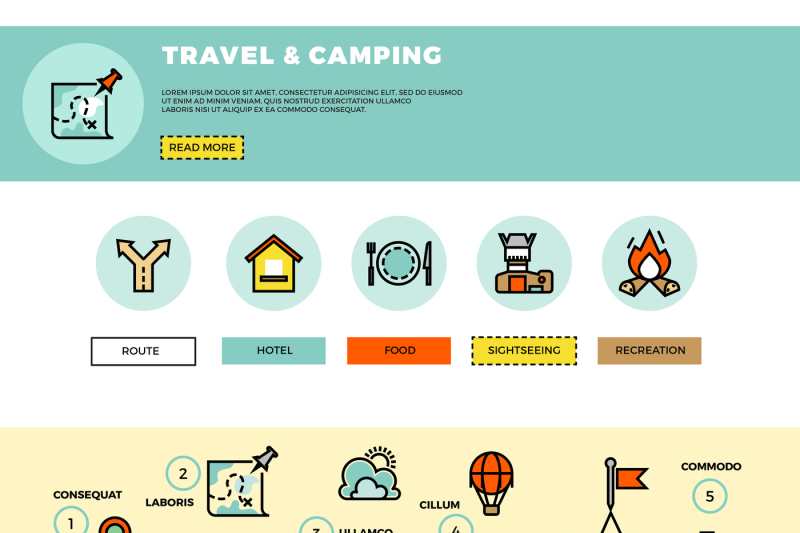Edge angles are necessary elements in construction and design jobs. They offer toughness, sturdiness, and flexibility. They are additionally simple to mount and can stand up to various ecological elements.
Builders utilize lots of types of angles to produce solid, secure structures. A few of these angles are for aesthetics, while others are utilized to enhance access and function.
Stamina
The toughness of steel angles is crucial for guaranteeing that frameworks are secure and can stand up to hefty loads. These elements can be utilized for a selection of projects, from strengthening beam of lights and columns to producing structures for shelving and fencing. They are also suitable for developing support structures in commercial settings.
Bent inside corners are a fundamental part of contemporary design and layout, as they help to distribute anxiety uniformly throughout the product. This can make a material stronger and much less most likely to crack or fail, especially in products such as glass, stone, and ceramic tile.
Rounded edges in rotomolded components also assist to minimize stress and anxiety concentrations, which can result in architectural weak points and poor quality. Because of this, Gregstrom Company advises that developers make use of rounded corners when creating rotomolded parts. These functions will certainly boost the overall high quality of the completed item and aid to make certain that the molded part is strong, resilient, and resilient. This will certainly lower the demand for repairs or replacements over time.
Resilience
Rounded inside corners are a vital element of modern-day design and style, and they can substantially raise the security of frameworks constructed from rock or glass. They also help to evenly distribute tensile and compressive forces, which reduce the possibility of breaking or breakage.
These angles are essential to our everyday lives, making it simpler for us to move around in our surroundings. For instance, wheelchair ramps, stairs, and entrances are made with specific angles to make certain safety and security and availability. Furthermore, the ideal angle is utilized in bridges and buildings to guarantee structural integrity.
In geometry, an angle is the point where two rays meet. It is also known as a vertex. The four corners of a square have an internal angle of 90 degrees. However, the term is typically utilized to explain any sort of edge. For instance, in photo frameworks, the leading and bottom rails require 45 level mitre cuts. This is because the board sizes are various.
Adaptability
While the ideal angle is the most common type of angle, various other kinds can produce distinct, functional, and aesthetically enticing frameworks. Whether you're developing a modern coffee table or an industrial-style home, using different angles will certainly assist you accomplish the desired aesthetic.
You can make use of light weight aluminum angle to make custom-made brackets for securing and reinforcing your projects. These braces are light-weight and strong, so they can withstand hefty lots and tensions. They also come in a selection of sizes and shapes, making them a versatile selection for a variety of jobs.
Numerous modern-day structures use bent inside edges to enhance structural security and sturdiness. These curved edges distribute stress throughout the framework to prevent weak spots and splits. This is an essential consideration for building contractors and professionals, especially when collaborating with heavy products like stone or floor tile. Creating a bent corner can additionally enhance the life-span of the material and minimize maintenance expenses. It is essential to choose the appropriate angles for your task, and to guarantee that they are correctly installed to stay clear of any kind of prospective problems.
Cost
Curved inside edges are a necessary element of modern style and engineering, as they play an important role in boosting structure security and durability. They likewise help in reducing stress distribution and decrease breakage. Additionally, they can boost the aesthetic appeal of a structure.
Words "edge" typically, yet not constantly, refers to a 90 degree angle. In geometry, nevertheless, the term "angle" is in fact a factor where two lines or sides meet (or merge). These factors are called vertex, and they can be straight or curved.
Using a rounded mitre in a photo structure, as an example, requires careful computation. The mitre angle is based upon the size proportion of the board at each corner. If the boards are of equal width, then they will each need a 45 degree mitre. If the boards are broader, after that they will certainly each call for family camping a various angle. This circumstance prevails in custom structures, where the top and lower rails are often larger than the side rails.
